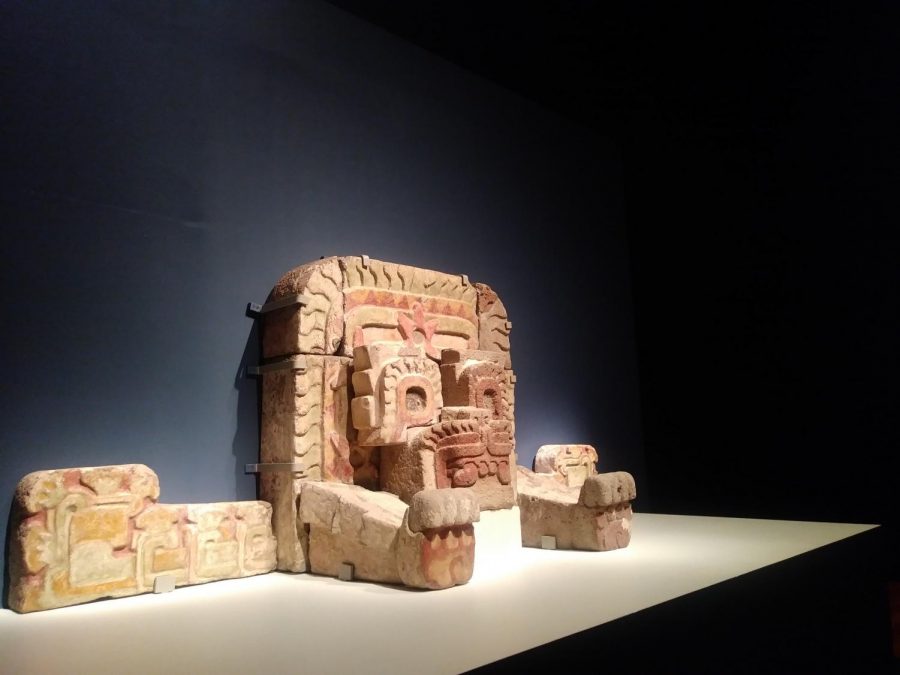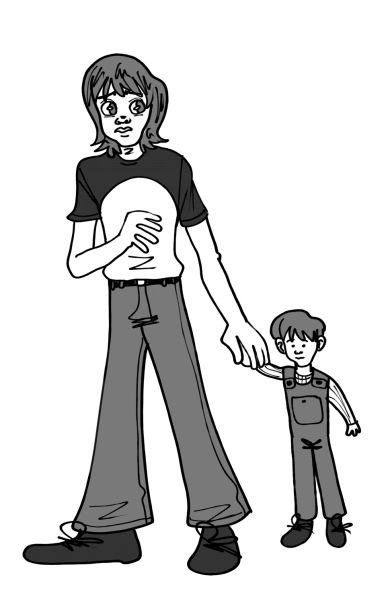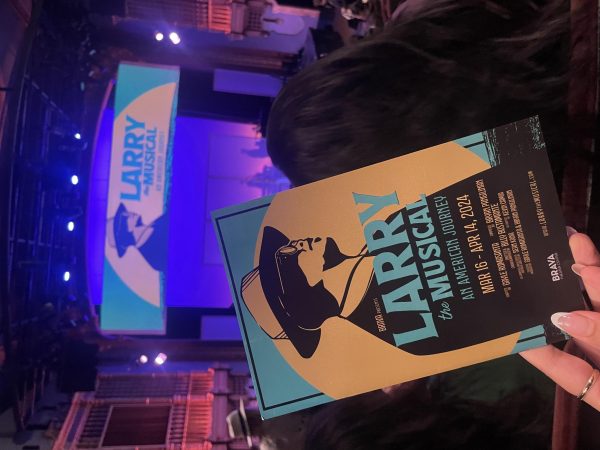A piece of Teotihuacan in San Francisco
De Young Museum has opened its doors to the city of fire and water, also known as Teotihuacan.
Teotihuacan is the Mexican archaeological complex northeast of Mexico City. This exhibition shows recent discoveries and artwork from the Aztec’s structures, mainly the sun, moon and feathered serpent pyramids.
“The exhibition will hit home for many who see the exhibition at the de Young Museum,” said El Tecolote, a free bilingual, bi-weekly newspaper that covers the Mission District and the surrounding area for the Latino community.
The Pyramid of the Sun was Teotihuacan’s largest structure to be constructed in the ancient times. It was built in one massive effort of construction around 200 C.E. making the square plan cover 50,000 square meters.
The Pyramid of the Moon is the second largest pyramid with a base of 25,000 meters square and with four main tiers reaching a height of 43 meters. Construction of this pyramid began sometime between 50 and 150 C.E. with the monument achieving its largest size between 300 and 400 C.E..
The Feathered Serpent Pyramid—smaller in comparison to the others aforementioned—earned its name when it was once covered on all four sides in elaborated serpent carvings. The pyramid also symbolized the sacred mountain that emerged from the sea to mark the beginning of time. This pyramid is enclosed in a complex called Ciudadela, where archaeologists found evidence that it was flooded. A tunnel was discovered in 2003 beneath the pyramid.
Former Skyline students came to the exhibit as well, enjoying the color display.
“ I liked it,” Andrea Suarez, a pre-admissions adviser for the Academy of Art said. “I didn’t think that there were going to be a lot of display but they brought a lot of things to show in the museum. After going to the museum I can get a better understanding of the gods”
Teotihuacan: City of Water, City of Fire, showcasing artworks from the ancient city in the De Young Museum will be on display until Feb. 11, 2018.
Corrections have been made to this article.



















Sean • Dec 2, 2017 at 12:47 pm
Teotihuacan is NOT an Aztec City. It was in ruins before the Mexica ever existed.